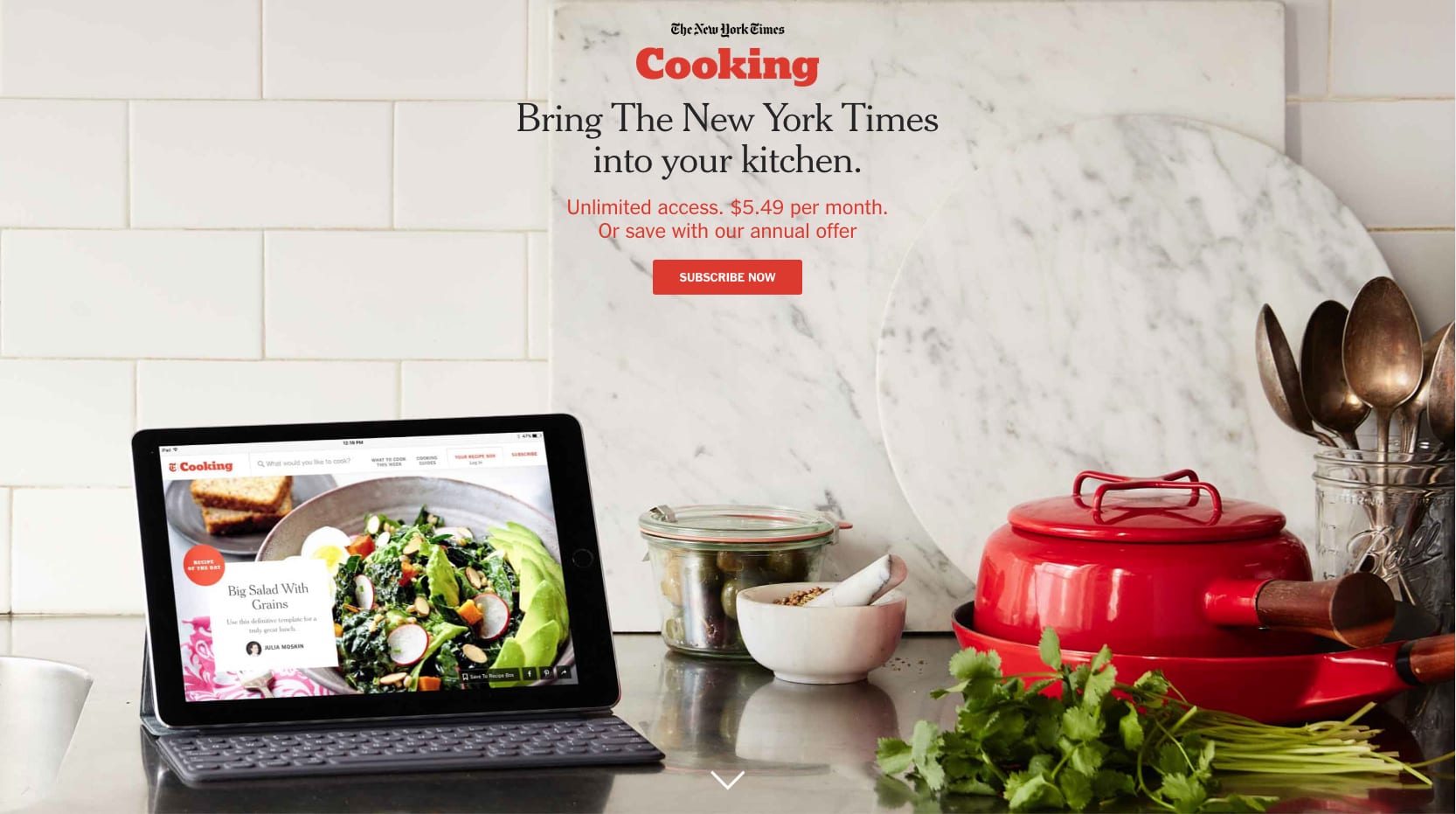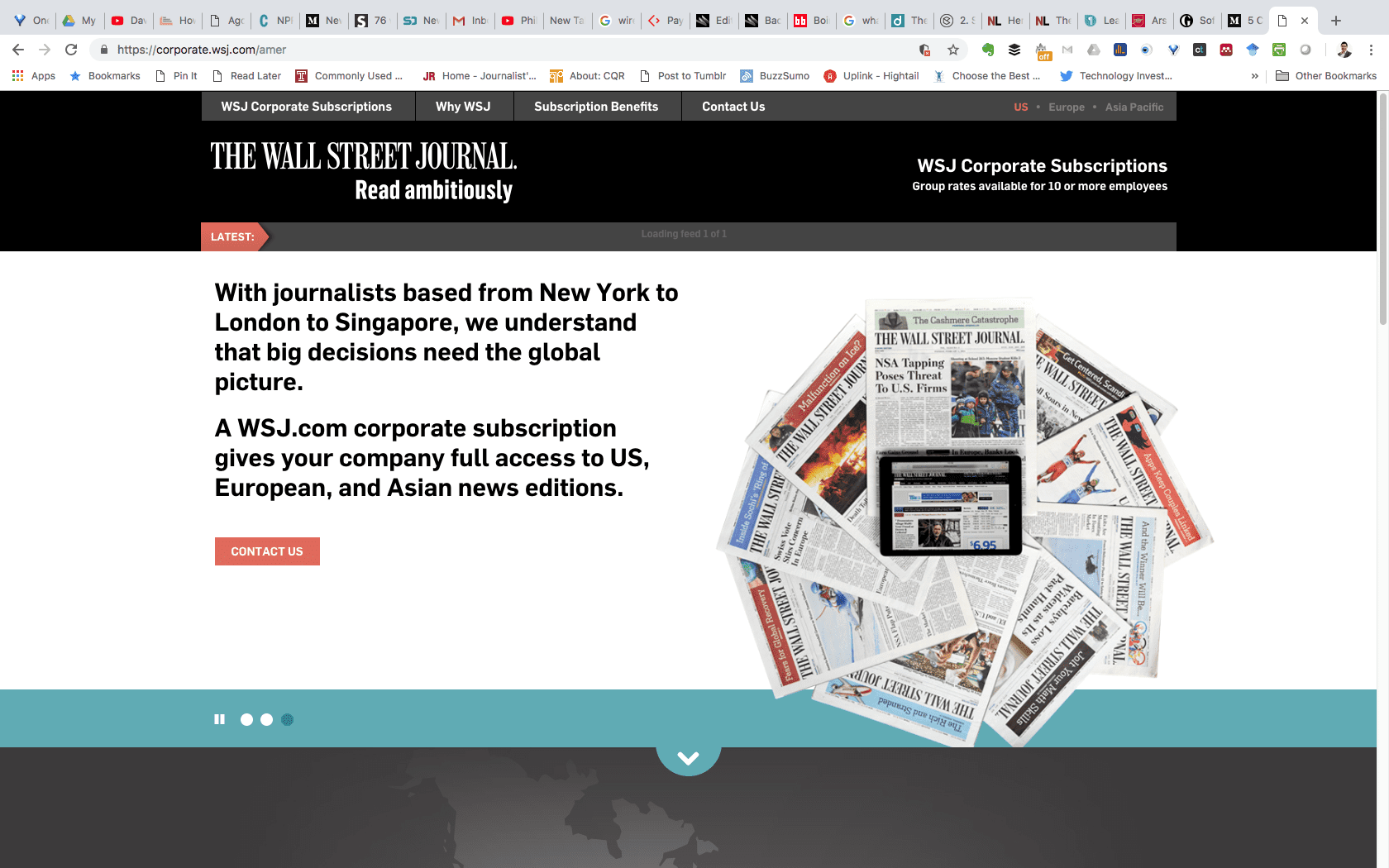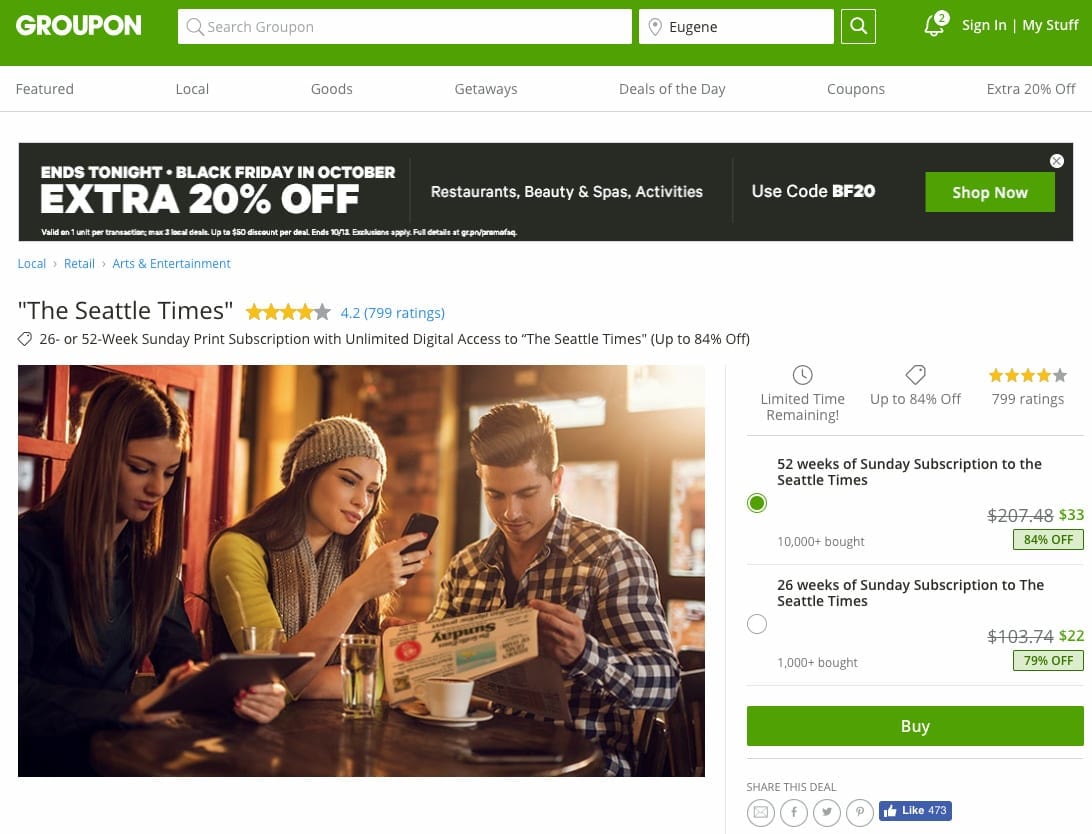|
Getting your Trinity Audio player ready...
|
(Part One, ideas 1-12: Paywalls and Subscriptions)
Publishers, both large and small, are constantly innovating in their efforts to ensure financial viability. Whether you’re a non-profit weekly newspaper in a small town, or a large-for profit Fortune 500 company, you cannot rest on your revenue laurels.
Here at What’s New in Publishing, we know that our readers are hungry for ideas and insights which can potentially help their bottom line.
With that in mind, here’s the first part of a guide designed to highlight the sheer range of money making ideas that are out there. Publishers need to evaluate for themselves the relevance, and potential, of these ideas.
Key questions to consider include: your ability to deliver – particularly the resources (human, and technical) that are required – and whether these efforts enable you to reach new audiences, or if they potentially help you to double-down on existing super-users.
As a rule: just because you can do something, doesn’t necessarily mean that you should.
Paywalls
The pivot to paywalls is one of the big trends of 2018. Publishers, like Wired and Bloomberg, who have previously eschewed this model, changed their minds this year.
“The simple reason that we’re going to a paywall model is that I think it’s going to make money, and I’d like us to make more money,” Editor in Chief, Nick Thompson, told the Wall Street Journal last year. “The deeper reason we’re going to a paywall model is because you need to hedge against the future.”
Paywalls come in many shapes and sizes. And they tend to be pretty fluid. Many publishers are constantly tweaking their paywall model.
Some users also find – or seek – workarounds. As CJR showed last year, “most news paywalls are full of holes.” Aside from allowing possible referral links, many news outlets also drop their paywalls for emergencies, breaking news stories or major events.
The most common types of paywalls are:
1 – Hard Paywalls – as seen at the Financial Times or Wall Street Journal, which. typically means no online content is available without payment.
That said, sometimes archive content, material linked to from third party apps like Facebook or Apple News, as well as use of private browsing modes, can by-pass this. But it’s very hit and miss. As a rule, assume you can’t access anything, without paying.
2 – Metered paywalls – which allow audiences to consume a certain amount of free content before they have to subscribe.
Outlets like The New York Times have consistently reduced the amount of free content they offer. This has dropped from 20, to 10, and now 5 articles a month, as the paper increasingly focuses on being “a subscription-first business.”
3 – Hybrid paywalls – that permit audiences to access some verticals for free, while other sections sit behind a metered (or hard) paywall.
The Dallas Morning News has previously deployed this approach.Similarly, National Geographic magazine lets you view an article a month for free online, as well as free articles in sections about news, photography, animals, etc. But, if you want to read more than one of the print magazine articles online, you need to have a subscription.
4 – Vertical only paywalls – offering standalone paid-for access to specific sections. For some publishers, this is a potentially good option for sports, or other content, which is of interest to non-local readers.
The New York Times harnesses this model for some of its non-new products. For example, NYT Cooking costs $5.49 monthly, or $44.99 a year. Separately, The Times’ Crossword is available for $6.95 a month, or $39.95 a year. NYT news subscribers can get 50% any bolted on subscription to the crossword section.

5 – Geo-location paywalls – an approach which means you hit the paywall at different points (i.e. the free article limit) depending on your IP-address.
When used at newspapers, this model can enables local audiences to access more content for free, as they’re a more appealing group for advertisers.
For other media, services like the BBC’s catch-up TV service, iPlayer, are only available to users with specific IP addresses (in this case, inside the UK). You may also find that certain types of content (e.g. sport or music) are restricted, depending on your geographic location, due to rights reasons.
6 – Print + Digital Bundling – a very common paywall at many newspapers, where if you take the paper, especially the Sunday edition, digital access is thrown in.
In some cases there’s little difference, if any, between a full digital subscription and one where you also get the print product. This is especially true for weekend-only print subscriptions, which are often delivered direct to your home at no extra cost (the benefit for publishers being the higher print circulation you can then sell ads against).
7 – Online / Google Surveys – complete a questionnaire and the paywall will magically disappear…
This isn’t a new approach, and it’s unlikely to bring you big bucks. However, it’s a type of paywall which has remained surprisingly resilient, and even appears to be making a comeback (I’ve noticed this on many local newspapers from Gannet, which are also badged as being part of the USA Today Network.) Consumers fill in a pop-up which tells Google a little bit about them, and then they can access the content on the page. Publishers get a small payment from the search giant in return.
Other subscription / content payment models
8 – Corporate subscriptions – buying in bulk, rather than individually, works out cheaper on a cost per user basis. The Wall Street Journal is just one outlet which offers group rates if more than 10 employees subscribe.

9 – Selling on third party sites – The Seattle Times is just one outlet which sells subscriptions on Groupon. But a quick search finds plenty of others, although many are offering the same trial offers on this site as they do on their own.
The Seattle Times is different, however. At the time of writing, you can purchase a 52-Week Sunday Print Subscription, with Unlimited Digital Access to their website, for just $33 on Groupon. Head to the Times’ website, and access to The Seattle Times Print Replica + Sunday home delivery costs $3.99 a week, or $207.48 a year.

10 – Large versus Regular Print – Reader’s Digest offers a 1 year (10 issue) subscription on their website for $10, with digital access included. For $18, you can get a Large Print subscription of the publication (and no digital access).
FWIW: on Groupon, I found the a non-digital print only version of the standard sized publication available for $8 and the large print edition on offer for $10.
11 – Pay as you go – micropayment systems enabling readers to consume your content one story at a time.
Blendle, a journalism startup from the Netherlands, and the self-proclaimed “iTunes for news,” is perhaps the best known proponent of this model. Partnering with all of the leading Dutch publishers, audiences only pay for what they read. And if an article isn’t up to scratch or what you expected, Blendle offers a money back guarantee. The Winnipeg Free Press, in Canada, also gave this notion a whirl in 2015.
12 – Crypto–currency payments.
The Brooklyn based Civil is the one to watch here. It’s already working with a number of different news organizations, including Forbes who recently came on board, and is currently selling token which underpin much of its work.
It’s a platform which seeks – in the words of veteran media biz reporter Mathew Ingram – to “invent a global platform for independent journalism, powered by blockchain technology and cryptocurrency, governed by an open-source constitution—including an advisory council that will act as a kind of Supreme Court to adjudicate ethical disputes—and run as a non-profit foundation.”
In Part Two of this series, we’ll look at advertising models, events, newsletters; and if there’s time eCommerce, spin-off businesses and new business models. (If there isn’t time, we’ll feature those in Part Three..)



